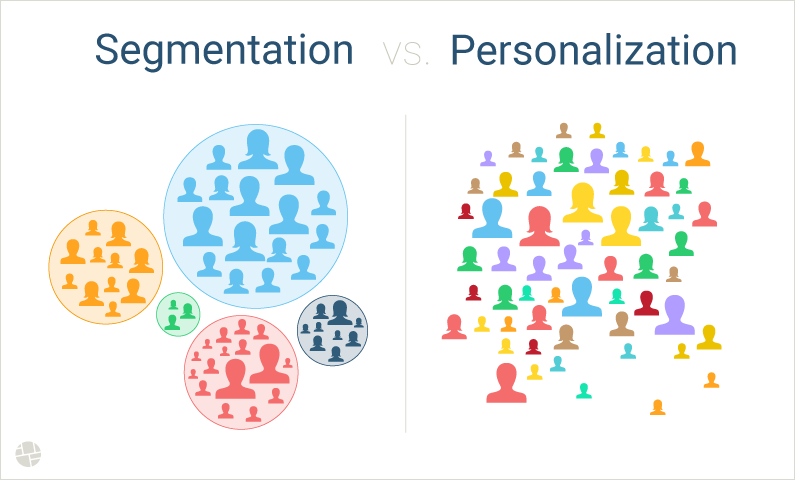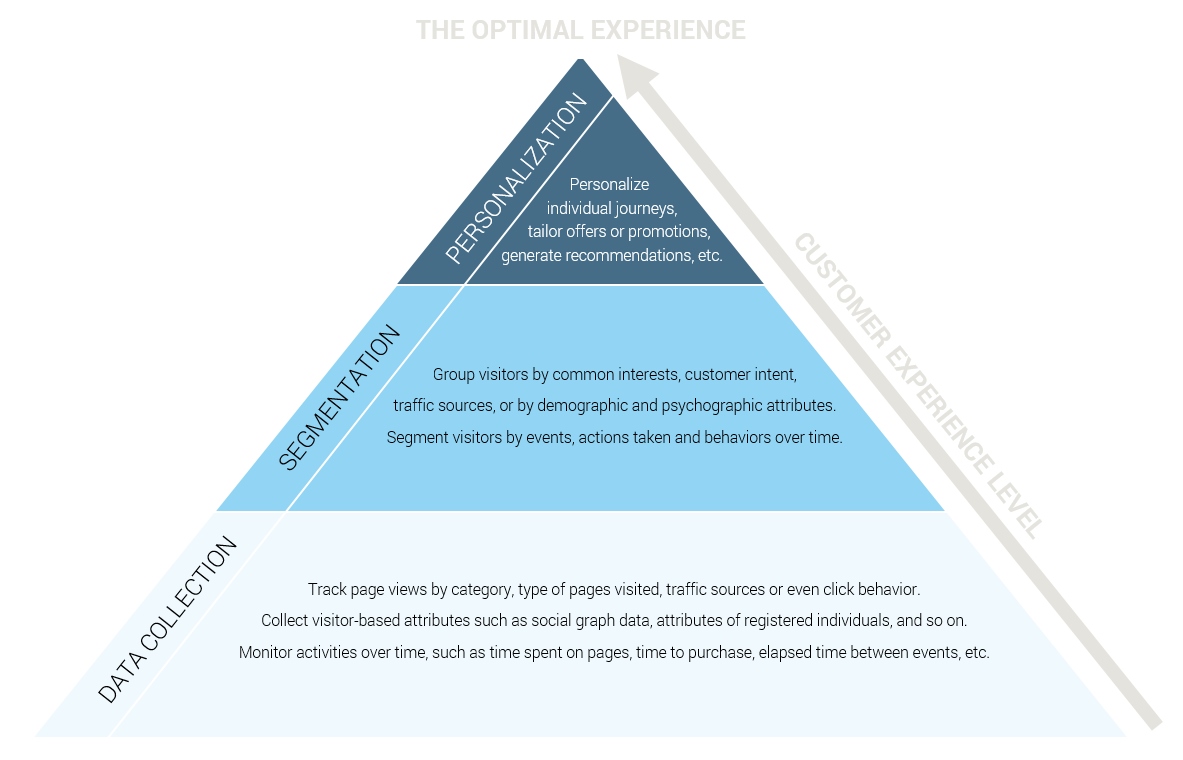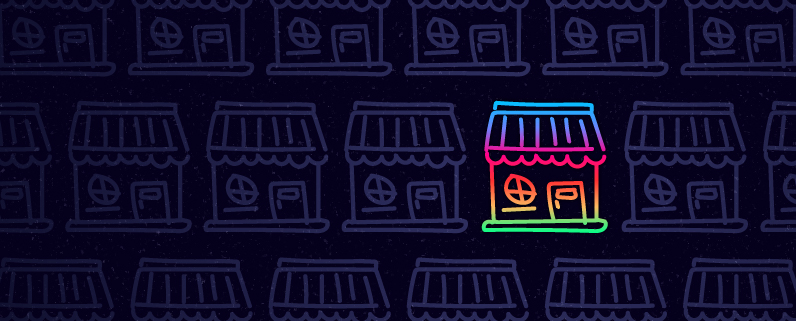Understanding the difference between personalization and simple A/B testing
Orchestrate your marketing strategy wisely and serve customers effectively across all your inbound, outbound and real-time channels.
Summarize this articleHere’s what you need to know:
- Segmentation and personalization are distinct approaches to marketing, each with its own goals and methods. A/B testing is a scientific experiment for evaluating the effectiveness of different marketing components, often broad changes like website layouts or CTAs; personalization tailors marketing messages to individual customers based on their data and behavior, requiring a deeper understanding of customer data and segmentation.
- Leveraging customer data, including demographics, purchase history, and website behavior, is crucial for successful personalization. This data enables customer segmentation into groups with similar characteristics, allowing for targeted marketing messages for each segment.
- Personalization can be applied across various marketing channels like email, website, and social media, and can enhance various metrics, including conversion rates, click-through rates, and customer engagement.
- If you haven’t already, consider incorporating personalization into your marketing strategy. It can be a powerful tool for driving better results.
In an increasingly challenging digital environment that demands brands to empower individual consumer needs, Marketers are constantly looking for new opportunities to interact with their customers and deliver meaningful and highly engaging customer experiences. In reality, many marketers use the terms A/B Testing and Personalization interchangeably, although there is a pretty stark difference between these two terms.
A/B testing is the concept of having a scientific methodology for experimenting — whether it’s on your site, mobile app, email, whatever it may be — for your different marketing campaigns. It started many years ago, and the core idea behind it was to let statistics determine which experiences, banners, or what type of content should be changed in order to improve a particular business KPI.
Now, A/B testing is obviously something that’s critical and can be a highly efficient and scalable approach to accelerate business growth, but it’s also been commoditized over the years. When you think about personalization, we’d like to look at it as the next evolution of the classic A/B testing methodology. The way we see it, it’s important to blend the two approaches together.
When you’re thinking about launching a personalization campaign, what essentially you’re going to be doing is create a hypothesis for a segment or a type of visitor — basically, a unique set of customers or prospects that you want to target with a specific message based on the way they were behaving, based on what you know about them, etc. When you launch these campaigns, it’s essentially an A/B test that’s more fine-tuned and deep in terms of how you’re setting up that campaign and the ability you have to match between a particular message and a specific audience segment.
With this approach, instead of A/B testing a particular experience for the average user, or in other words, instead of testing an experience against your entire traffic, you can now actually test multiple segments with different types of messages and deliver a more personalized experience for each audience segment.
Start with your segmentation strategy
Segmentation represents the process of discovering groups of individuals with a common, yet broad, set of characteristics, such as a geographic location, IP address, interests, time of visit, etc. Personalization is about matching each visitor with the most relevant content for them. Personalization enables marketers to focus on the things that matter most to their individual customers. So that, instead of focusing on generic correlations between groups, marketers can tailor individual experiences and respond directly to their customer’s ever-changing needs and preferences in real-time.
Traditionally, a good example of partitioning customers into segments would be grouping them into clusters by combining the transactional data of customers with similar characteristics. This segment can then be used to analyze the behavior of these customers or serve them with relevant content based on their needs and interests.
With personalization, a product purchase history can be used to personalize an individual customer experience. This objective can be realized using a personalized product recommendation widget to serve each customer with completely different offers, tailored to their needs.
Getting personalization right is much easier when there’s a solid understanding of the characteristics of the segments it is based on. A common practice is to first discover and analyze the most valuable and profitable visitor segments and only then personalize. A simple pyramid-like structure can portray the facilitated dialogue between the three elements:
- The Pyramid Base: Data Collection – The key to both segmenting and personalizing experiences is having robust customer data. The richer your data, the better the understanding of your audience, and the better you can segment and personalize experiences based on that data.
- The Mid-level: Segmentation – Once you’ve collected enough valuable data, you can start analyzing it, looking for interesting correlations between groups.
- The Top Level: Personalization – Real-time, one-to-one personalization can only be achieved if you have enough data, and if you know who your audience is and what your most valuable segments are.
With the right technology in hand, it’s only a matter of following the right path to achieve the ultimate goal of delivering a seamless, one-to-one customer experience. Orchestrate your marketing strategy wisely and you’ll be able to serve customers and prospects more effectively across all your inbound, outbound and real-time channels.



 Your Global Test Could Be Limiting Your Personalization Growth
Your Global Test Could Be Limiting Your Personalization Growth


